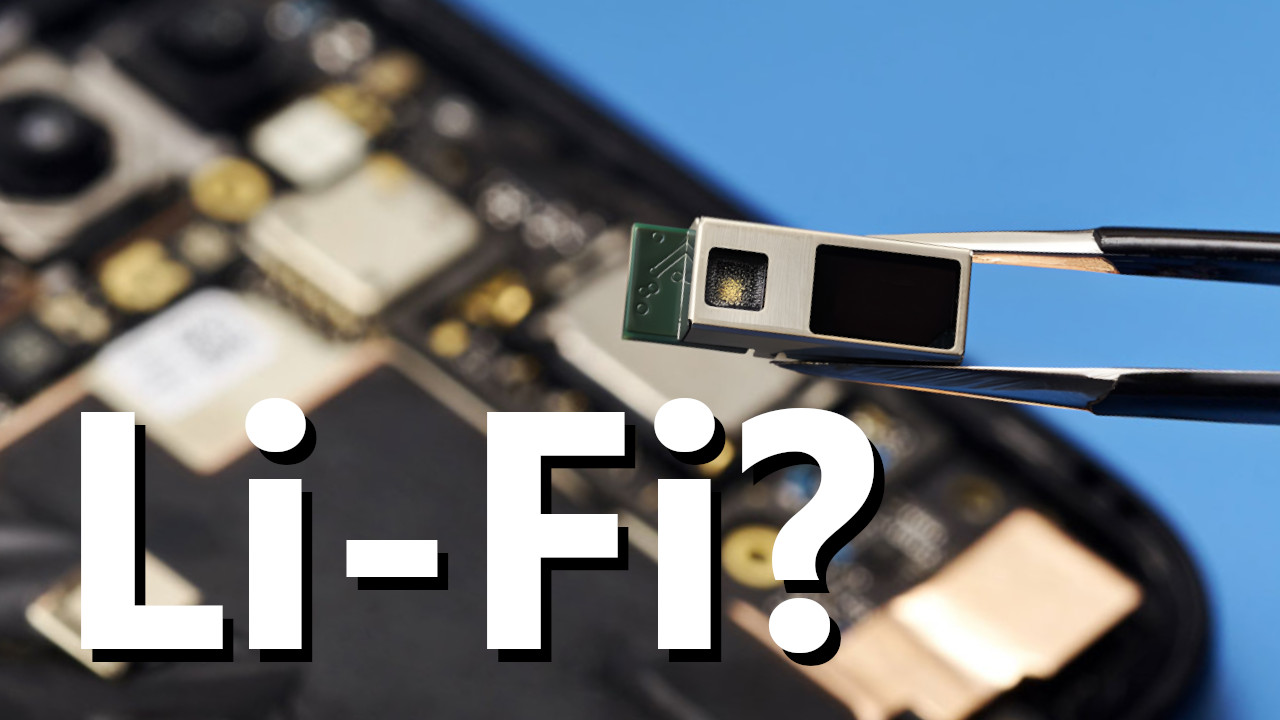Li-Fi vs Wi-Fi: Could this bleeding-edge tech make your next router as fast as light?
IEEE 802.11bb paves the way for lightning-fast networking.

What you need to know
- A new IEEE 802.11bb light communications standard has been released, intended for emerging Li-Fi technology.
- Li-Fi uses infrared light instead of traditional radio signals like Wi-Fi to transmit networking data wirelessly.
- Advertising the potential for data transfer speeds 100 times faster than traditional Wi-Fi, its real-world drawbacks are yet to be determined.
The next generation of wireless networking could split away from traditional radio signals reliant on standards like Wi-Fi 6E and its upcoming successor, Wi-Fi 7, in favor of harnessing an infrared 'Li-Fi' invisible to the naked eye. Firms are already established and ready to embrace this emerging technology, with pureLiFi and Fraunhofer HHI among those promoting its supposed improvements over traditional Wi-Fi.
Introducing the 802.11bb light communications standard, the IEEE (Institute of Electrical and Electronics Engineers) provides this globally-recognized framework to allow any manufacturers willing to develop LiFi products to be compatible with one another. Having already unveiled the world's first LiFi device that complies with the new standard, the Light Antenna ONE from pureLiFi promises to 'add bandwidth without complexity and congestion.'
The release of the IEEE 802.11bb standard is a significant moment for the wireless communications industry.
Nikola Serafimovski, pureLifi VP
Since LiFi technology is yet to release any usable devices in the commercial market, it's difficult to say how it can compete against the already-established standards of Wi-Fi in homes and offices and 5G networking worldwide. Everything is still in theory, with a breakdown of the potential for LiFi networking speeds claiming 'up to 224 GB per second,' far higher than the rumored averages of over 40Gbps (5GB/s) coming with Wi-Fi 7.
In a video explanation, Fraunhofer HHI demonstrates the potential of installing LiFi transmitters within the light fixtures of multi-room buildings like offices, transmitting data wirelessly without ever leaking through walls as traditional Wi-Fi does. Given the apparent potential for incredibly high data transfer speeds, the potential for use in AR (augmented reality) or even online gaming is an exciting concept if it can work as reliably in the real world as advertised, and any business will likely be intrigued by improved data security.
We believe (LiFi) will create a future mass market. Fraunhofer HHI is looking forward to working with LiFi vendors to make this a reality.
Volker Jungnickel, Fraunhofer HHI
As LiFi devices will likely begin to appear at technology trade shows, we should be able to get a better indication of whether this futuristic tech has real potential or will be cast aside by unknowable drawbacks. The release of the IEEE 802.11bb standard is a step in the right direction for an emerging networking technology that claims to offer speeds 100 times faster than modern Wi-Fi and could replace some of the best modern mesh Wi-Fi systems offering similar long-reaching solutions to wireless networking.
All the latest news, reviews, and guides for Windows and Xbox diehards.

Ben is a Senior Editor at Windows Central, covering everything related to technology hardware and software. He regularly goes hands-on with the latest Windows laptops, components inside custom gaming desktops, and any accessory compatible with PC and Xbox. His lifelong obsession with dismantling gadgets to see how they work led him to pursue a career in tech-centric journalism after a decade of experience in electronics retail and tech support.
